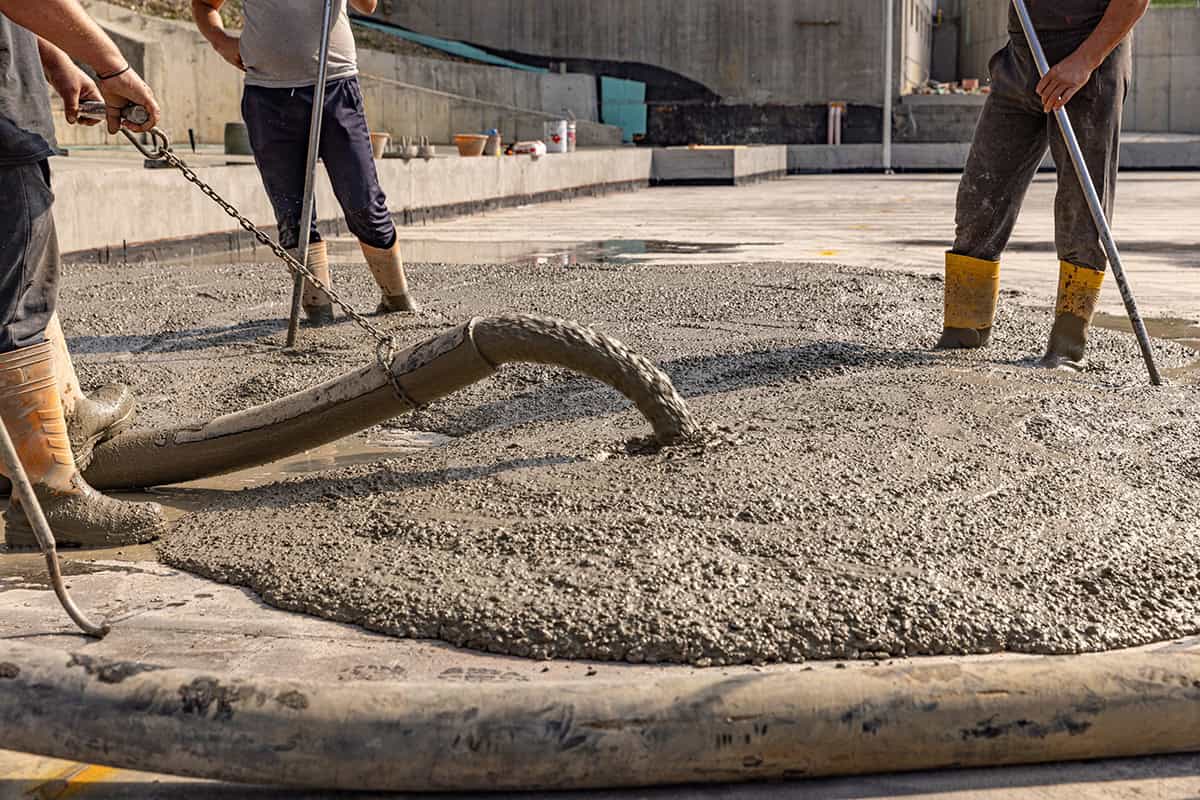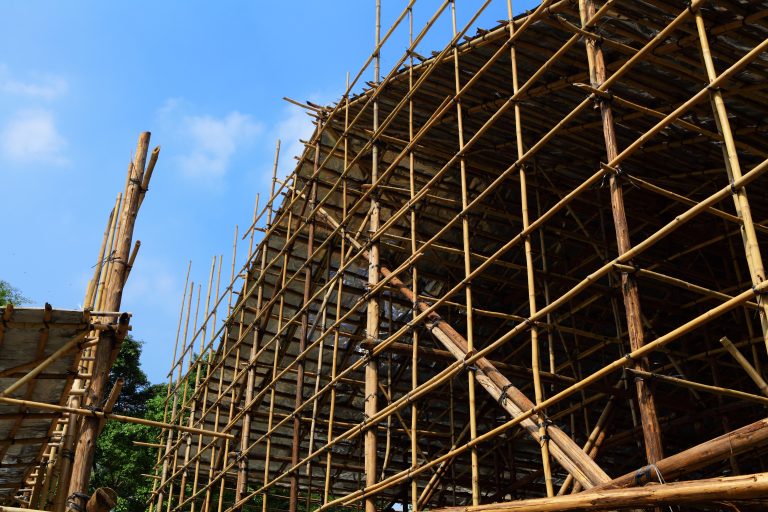Cement is essential to modern construction; from laying streets to building skyscrapers, it plays a major role in bringing structures to life. Read on to learn more about what cement is – and why it’s a vital material in construction projects.
What is Cement?
Cement refers to the binding substances used in construction and civil engineering projects. These substances are finely ground powders that, when combined with water, set into a hard, durable mass. This setting and hardening process results from hydration, a chemical reaction between the cement compounds and water. Due to their hydrating properties, construction cements, which can set and harden even underwater, are often called hydraulic cements. The history of hydraulic cements dates back to ancient Greece and Rome, where lime and volcanic ash were used. These materials slowly reacted with water to form a hard mass, serving as the binding agent in Roman mortars and concretes over 2,000 years ago.
Cement is rarely used alone, but rather to bind gravel and sand together. When mixed with fine aggregate, it forms mortar for masonry, and when combined with sand and gravel, it produces concrete.
Uses of Cement
Cement is essential in the construction of many of the structures that form the modern world. Some of the most common uses include:
- Concrete Production: The primary use of cement is to create concrete, which is used in building foundations, floors, walls, and roofs.
- Masonry Work: Cement is a key component in mortar, used for laying bricks, blocks, and stones.
- Paving: Cement is used in the construction of pavements, sidewalks, and driveways.
- Plastering: Cement plaster is applied to walls and ceilings to create a smooth surface.
- Bridge and Road Construction: Cement is used in the production of concrete roads and highways, as well as to produce reinforced concrete for bridges.
- Dams, Reservoirs, and Marine Structures: Cement is crucial in the construction of large water-retaining structures and docks, piers, and other marine structures.
- Precast Elements: Cement is used to produce precast elements like beams, columns, and panels.
- Grouting: Cement is used in grouting applications to fill gaps and provide reinforcement.
Types of Cement
There are several types of cement used in construction; however, nearly all concrete is made with Portland cement. Portland cement is also the main cement used in masonry mortars and renders. This cement is produced by heating limestone (or chalk) and clay (or shale) in rotary kilns. The composition of Portland cement largely consists of calcium silicate, which reacts with water to create a strong, durable cement paste.
Other types of cement include rapid hardening cement, which gains high strength quickly; sulphate resistant cement, which is used in structures exposed to severe alkaline conditions like canal linings, culverts, and siphons; and pozzolana, a hydraulic cement perfected by the Romans and traditionally made by grinding volcanic material with powdered hydrated lime.
Cement is extremely important, playing a fundamental role as a binder. Without cement, it would be impossible to create much of the vital infrastructure we depend on, making this perhaps one of the most inconspicuous and yet crucial construction materials.
Looking for a team to take the lead on your next project? At Pulse Construction, we’re committed to doing business with an honest, professional, and competitive approach – without compromising safety or schedules. Contact us today for all of your building needs.



